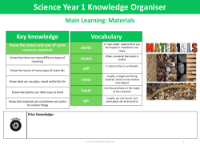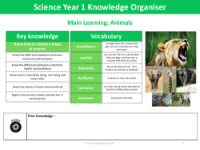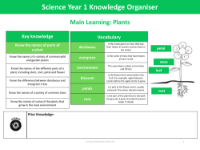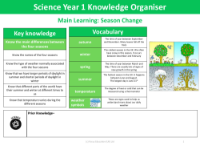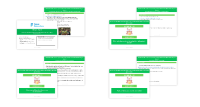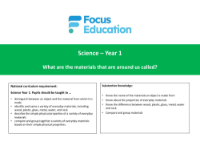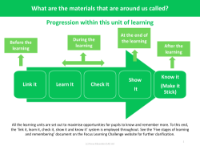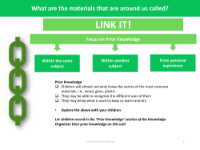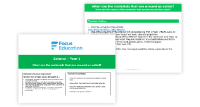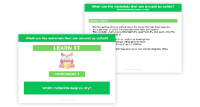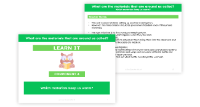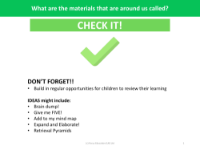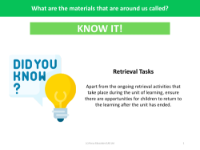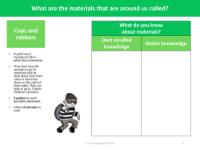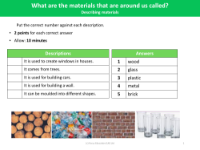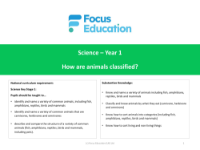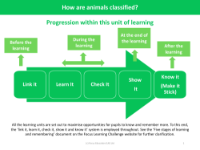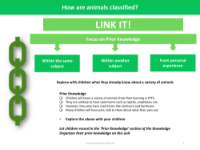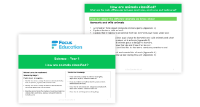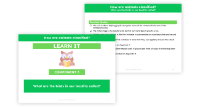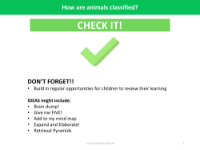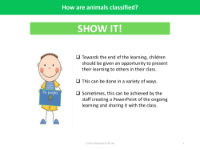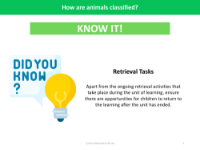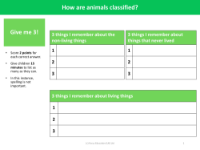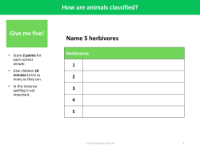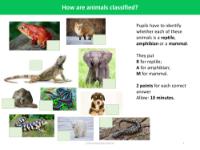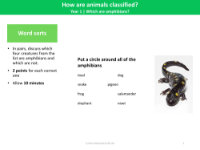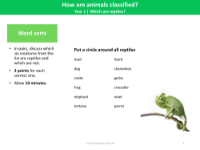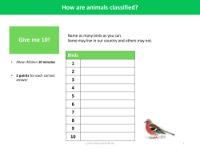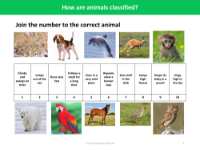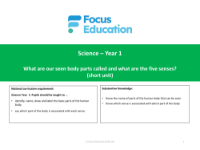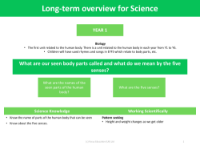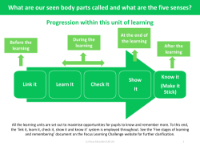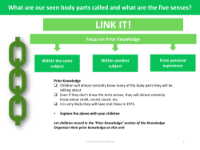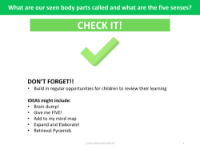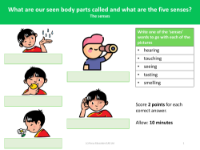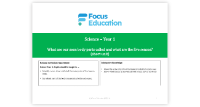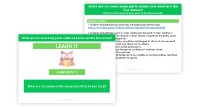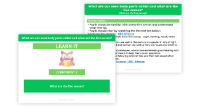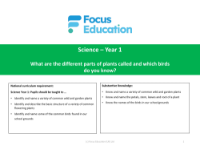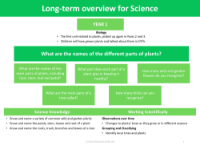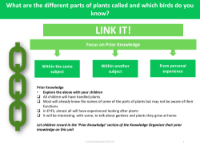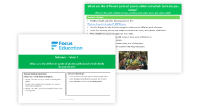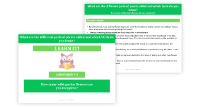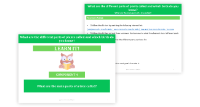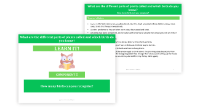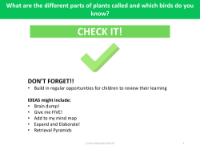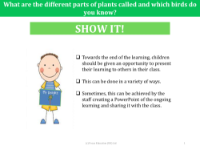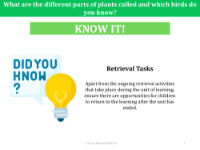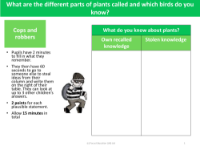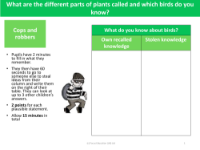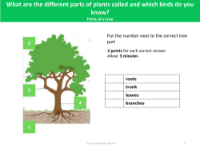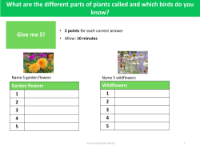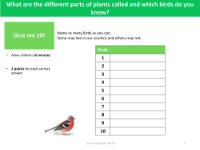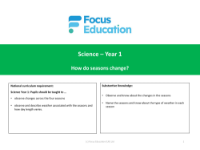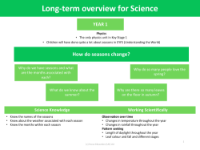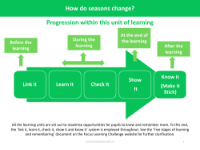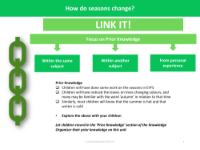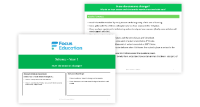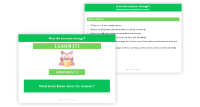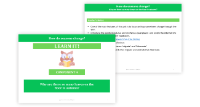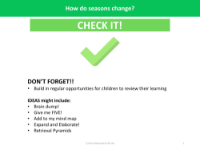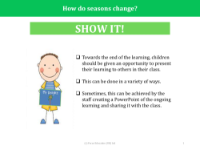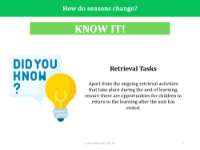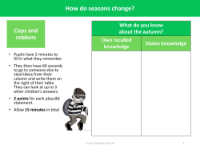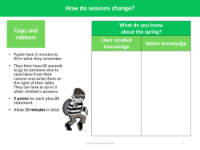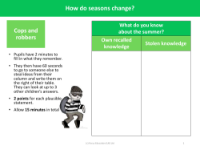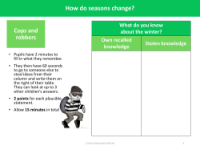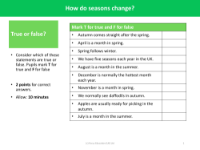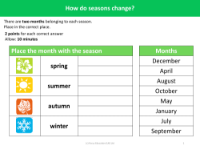Science - Year 1 - Focus Education
What does the Year 1 scheme cover?
Focus Education prioritises equipping teachers with the essential tools to deliver exceptional Science lessons, ensuring remarkable outcomes for pupils. Utilise hands-on observations, experimentation and exploration as integral components of working scientifically through the specific disciplines of biology, chemistry and physics, and foster a lasting appreciation of the structure and behaviour of the biological and physical aspects of the world around us.
Materials
Start this unit by looking at the different objects in the classroom and make a list of items and what they are made of. Explore why materials are used for specific jobs, such as maintaining warmth or ensuring dryness, through a variety of hands-on experiments and rate the materials used for each purpose.
Key questions answered:
- What are the names of the materials that we see around the school?
- Why do we use different materials to build a house?
- Which materials keep us dry?
- Which materials keep us warm?
How Are Animals Classified
Dive into the world of biology and learn about amphibians, reptiles and mammals in this unit. Identify the distinctions between carnivores, herbivores and omnivores, and explore the contrasting features of domesticated pets and wild animals while looking into the classification criteria. Engage in the creation of personalised animal fact files, encompassing details about their habitat, location and unique abilities that distinguish them from humans. Take time to observe the local bird species and consider how we can attract more birds to visit the school playground.
Key questions answered:
- What are the main differences between carnivore, omnivore and herbivore?
- How can we identify reptiles, mammals and amphibians?
- How do we sort according to living and not living?
- What are the birds in our locality called?
Body Parts
During this unit, work with others to name and locate the different parts of the human body. Uncover the remarkable capabilities of our senses and their profound impact on our understanding of the world. Extend this exploration to animals, acknowledging the shared senses between them and us. Delve into the practical significance of these senses for various species, contemplating why some creatures can see in darkness while others rely on a heightened sense of smell despite having poor eyesight.
Key questions answered:
- What are the names of the seen parts of the human body?
- What are the five senses?
Plants
Engage with the natural world during this unit by examining real plants closely, identifying their leaves, stems, roots and flowers, and hold discussions about the functions these parts play in the life of a plant. Extend your exploration to the functions of different parts of trees and observe how birds utilise trees for nesting and laying eggs. Take a journey into your local surroundings to discover a variety of woodland and garden plants, challenging yourself to identify them. Embrace the opportunity to spot and recognise local bird species as part of your outdoor exploration.
Key questions answered:
- What are the names of the main parts of plants, including root, stem, leaf and petal?
- What part does each part of a plant play in keeping it healthy?
- How many wild and garden flowers do you recognise?
- What are the main parts of a tree called?
- How many birds can you recognise?
Seasonal Changes
Focus on the contrasts between all seasons in this unit and investigate the subtle signs indicating the arrival or onset of spring after winter. Examine the distinct types of clothing suited for summer and winter, understanding the reasons behind these seasonal variations. Conduct an investigation into monthly average rainfall, daily sunshine duration and average temperature. Introduce and explore deciduous and coniferous trees, shedding light on birds that migrate and animals that hibernate as fascinating elements of the seasonal transition.
Key questions answered:
- Why do we have seasons and what are the months associated with each?
- Why do so many people love the spring?
- What do we know about the summer?
- Why are there so many leaves on the floor in autumn?
What’s included for Year 1 teachers?
- Full Year 1 National Curriculum coverage
- Detailed lesson plans and presentations
- Visual knowledge organisers for each unit
- Comprehensive assessment materials
- Links to prior and future learning, progression maps & more!
